Photo

This day was born the glorious Virgin Mary, a child of the seed of Abraham, a daughter of the tribe of Judah, a Princess of the lineage of David.
205 notes
·
View notes
Photo

16th century magical objects belonging to English polymath and alchemist John Dee: His black “spirit mirror,” a crystal ball, wax discs engraved with the Sigillum Dei Aemeth, and a gold disc engraved with medium Edward Kelly’s vision of the cosmos.
John Dee is perhaps best remembered for his obsidian mirror, but the mirror is actually Aztec. Mirrors have been associated with portals to other realms and used for divination and scrying for thousands of years all across various Mesoamerican cultures, but obsidian became the stone of choice during the Late Postclassic period (c.1200–1521) in Central Mexico. They were highly prized by ultra-wealthy curiosity collectors in Europe, which is how one found its way into the hands of John Dee.
These objects are on view at the British Museum.
315 notes
·
View notes
Text

Maya whistle in form of Moon Goddess and her rabbit consort.
Possibly Jaina Island, Mexico, c. AD 700
(Princeton Art Museum)
1K notes
·
View notes
Text

Devotees wade into the waters of Ramirez beach as part of a ritual honoring the African sea goddess Yemanja, in Montevideo, Uruguay, Friday, Feb. 2, 2024. Worshippers visit the beach on Yemanja's feast day, bearing candles, flowers, honey and fruit to honor the deity. (AP Photo/Matilde Campodonico)
49 notes
·
View notes
Photo

“Terjunlah, Sita,” bentak-Mu,
“agar udara, air, api, dan tanah,
kembali murni.”
Tapi aku ingin juga terbebas
dari sihir Rama.
-Sapardi Djoko Damono
“Jump, Sita,” You barked, “so that air, water, fire and earth become pure once more.”
But I, too, want to be freed from Rama’s magic.
58 notes
·
View notes
Text
Orphic Hymn to Hypnos
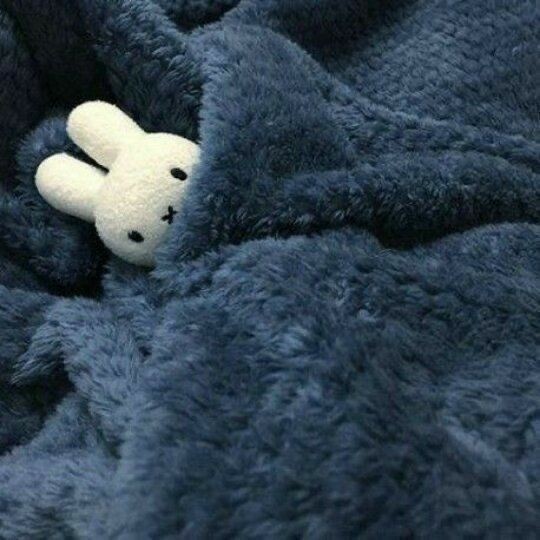
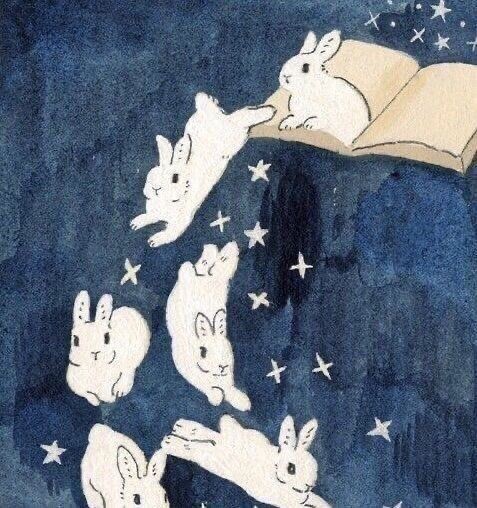

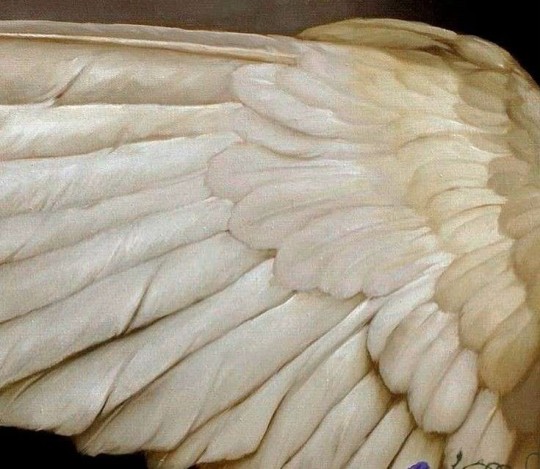

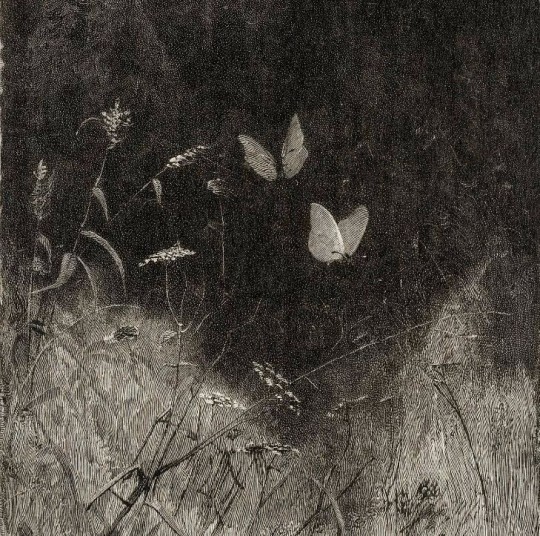
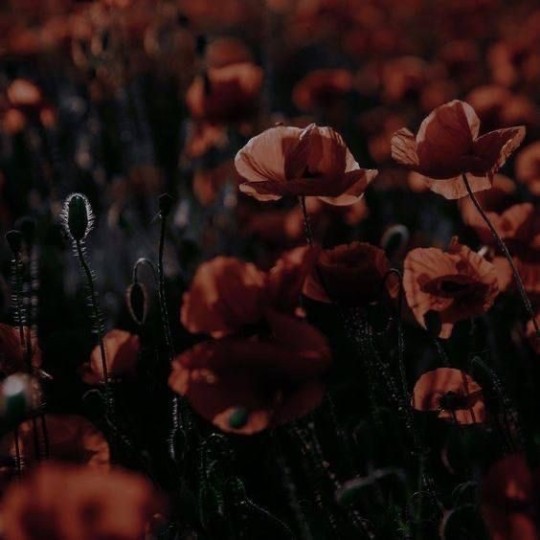


Sleep, you are lord of all the blessed gods and mortal men,
And of every living creature the broad earth nurtures,
For you alone are master of all and you visit all,
Binding their bodies with fetters unforged.
You free us of cares, and, offering sweet respite from toil,
You grant holy solace to our every sorrow.
You save souls by easing them into the thought of death,
Since to Death and Oblivion you are a true brother.
But, O blessed one, I beseech you to come, sweet-tempered,
And kindly save the initiates that they may serve the gods
370 notes
·
View notes
Photo

Mara, Ukrainian goddess of winter, death, and rebirth.
Photograph by Ola Olejnik, inspired by a drawing by an Ukrainian artist Margo Kai
(you can support Margo by buying her artworks here https://bit.ly/3KiFcyJ )
7K notes
·
View notes
Text
Yads in Jewitchery

I was recently gifted a handmade yad with a lot of symbolism behind how it was made. (It's hand-carved from a tree which once stood where the Temple now does, and that same tree's wood was used to make a huge banner over the bimah in our sanctuary bearing the Shema. I'm extremely happy to have it.) It got me thinking about how to use in my magical practice, which is often intertwined with my Jewish one.
What is a yad? Pretty much just a pointer used for reading the Torah. It doesn't typically have a lot of religious symbolism behind it, it's much more a practical tool. Torah scrolls have tiny handwriting and it's easy to lose your place while reading. Scrolls are also built to last, so you're not supposed to touch it with your oily fingers. The yad helps.
Wands in witchcraft are pretty common, but they're conceptualized in a lot of different ways. The most common seem to use Wicca as a baseboard, where wands represet either the element of Air or Fire and are primarily used for focusing and directing energy. When gendered, it's typically used to represent masculinity and "the Male principle." (I don't really gender objects like that, but it's historically prominent enough to mention.)
I see my yad a little differently. To start, it has no gender, no inherent element. It is still, first and foremost, a practical tool. That said, I think its connection to the Torah gives it a powerful symbolism in magic use. It's a designated liaison between the person using it and a physical representation of the Divine. It helps us touch what we couldn't on our own. I think that makes it a great tool to sort of poke through "the veil," so to speak, keeping our work focused and accurate in the process. It helps increase that connection and "touch" things more effectively.
I don't think that mindset around wands has to be exclusive to Jewitchery by any means, but I think using a yad specifically makes that symbolic meaning a little more potent, especially if your specific yad has already been used to read from the Torah. Curious to hear other people's thoughts and the way other people use their wands!
-Gᴇɴᴛɪʟᴇs ᴀʀᴇ ᴡᴇʟᴄᴏᴍᴇ ᴛᴏ ʀᴇʙʟᴏɢ ᴀɴᴅ ᴊᴏɪɴ ɪɴ ᴛʜᴇ ᴅɪsᴄᴜssɪᴏɴ!-
1K notes
·
View notes
Photo

The ray of blazing, scorching, devouring sunshine.
Twitter | VK | Leave a tip
48K notes
·
View notes
Text

A devotee bathes a Buddha statue during celebrations of the Buddha's birthday in Malaysia. (Wong Fok Loy/SOPA Images/LightRocket via Getty Images)
47 notes
·
View notes
Text

hathor, by betty jiang.
24 notes
·
View notes
Text

Dua Taweret, the Mistress of the Shrine and House!
123 notes
·
View notes
Photo

Buddha
http://www.icnbuys.com/buddhist-prayer-beads
Follow Back
150 notes
·
View notes
Photo

Pombo gira lebara
📷 @ninatemudo
#sangoayra #jurema#juremeiros #juremasagrada #pombogira #pombogiras #pirapama #cabodesantoagostinho #Pernambuco #Brasil (em Ylê Asé Sango Ayrá Ibonã)
https://www.instagram.com/p/CiId6F-r-HB/?igshid=NGJjMDIxMWI=
4 notes
·
View notes
Text
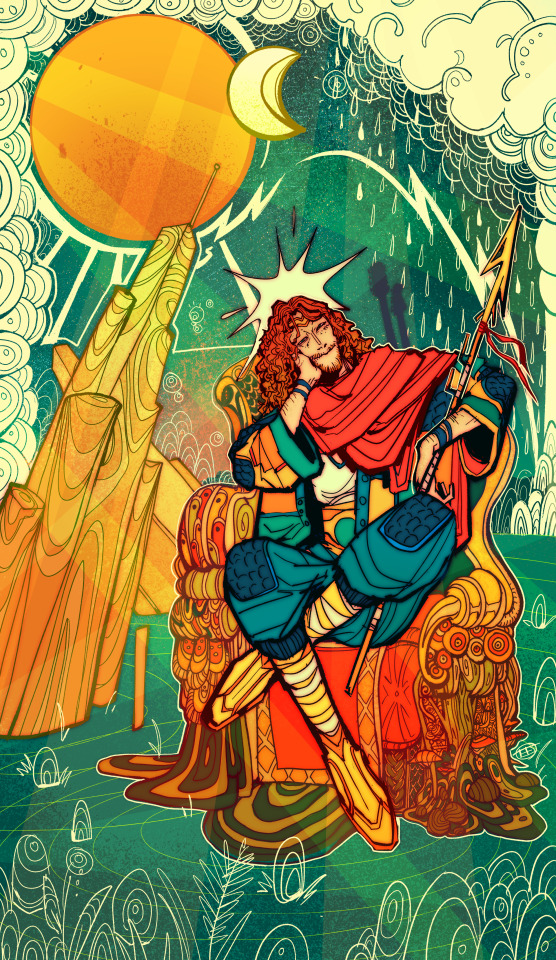
Been wanting to make more work based on Irish paganism and its stories (sort of a blending of jobs hahaha), so I started with an obvious option for me.
Lugh, master of many skills! The "many skills" bit comes in handy for work and an endless sea of special interests, for sure.
656 notes
·
View notes
Text

Crow and Apollo are chillin before canon event
1K notes
·
View notes
Text
Anti-Zionism & Purim:
Purim is a wonderfully joyous, often colourful and very tasty, Jewish holiday celebrated every year on the 14th of the Hebrew month of Adar (which corresponds to late winter/early spring). A holiday where drinking is a mitzvah, some dress up as characters from the Book of Esther, we gift good food and most definitely argue about which hamantaschen filling is best. Purim is about Jewish joy, resistance and outliving those who wish for our destruction.
Purim starts the evening of Saturday 23rd March, and ends at sundown the following day, Sunday 24th.
What’s the Purim story?
It is a story of salvation, of Jewish survival and being against all odds. The story of Purim comes from the salvation of the Jewish from Haman’s plot “to destroy, kill and annihilate all the Jews, young and old, infants and women, in a single day”. Haman, or Haman the Agagite, was a royal vizier in the court of the Persian empire, to King Ahasuerus/Xerxes I (465 BCE) who was agrivated by Moredcai, of the tribe Benjamin, and his refusal to bow down to his demands— thus Haman seeked revenge on his rejection and convinces the King to issue a decree to kill all Jews in the Persian empire. However the genocidal plot would soon be thearted by Hadassah, or as we know her, Queen Esther.
Queen Esther was an incredible Jewish woman whom the King Ahasuerus (transliteration of Xerxes) had fallen in love with. The Queen revealed her Jewish identity and pleaded with the King to spare her people, to which then, the King was appalled by Haman’s treachery— ordering his execution and granting Jews permission to defeat their enemies.
This story is apart of the Five Melligot (Melligah meaning “scroll” in Hebrew), the Book of Esther.
How is Purim celebrated?
Celebrating Purim depends on minhagim (customs) amongst Jewish cultural and ethnic communities: Ashkenazim may celebrate differently from Sefardim, who celebrate different from Middle Eastern, North African, South Asian and Ethiopian Jewry!
However, these are some universal rituals:
• Listen to the Purim story, the Book of Esther, typically at a Synagogue.
• Eating good for Seudah, a meal had during the day of Purim. Including foods such as pomegranate and wine brisket, hamantaschen, boyosa, challah with various toppings, rugelach, onion and poppy seed rings, hojuelas, kreplach, pickled vegetables and so much more.
• Mishloach Manot, gifting food to friends and/or family.
• Tzedakah, charity, and Metanot L’evyonim, supporting those in need.
• Haka’at Haman: during Megillah reading, there is a custom to make noise at the reading of Haman’s name. From stomping your feet to booing, this minhag is associated with Jewry of France and Provence, though has roots in Talmudic sources. You can read more here.
• Drinking lots of wine!
If you have any specific cultural Purim traditions, leave a comment! Traditions vary from family, to minhag, to cultures!
So, what do we learn from the story of Queen Esther?
Where our Rabbis may dress as Queen Esther, and we get drunk because it’s might be your favourite mitzvah, where we stick to tradition and try a new hamantaschen filling, and hearing the megillah like it’s the first time, all over again. Purim is where we introspect through our celebration; the very expression of joy, against all odds, is where we seek our growth. We exercise our liberty, our bravery and boldness— like Esther, we do not hide our Jewishness, instead we decorate ourselves. We do not stand in the face of adversity and let it through, we crush it and celebrate our resilience. Purim is a reminder of pride, of resistance and using your voice for those who may have theirs silenced. Like Queen Esther, we must not allow genocide and violence, and certainly not in our name as a people who have faught against it through out history. In honour of Purim, we must use what power we have to call for Tikkun Olam— a better future, for all.
Purim is where live to see ourselves dance and sing, the complete expression of G!d— HaShem, the Divine, the Universe, our collective human spirit— we live to build a future of many more Purims, many more celebrations of collective resistance. We dance and sing, and dress up, and drink, as is written, so that there is no world without this freedom.
Families often get creative in teaching their children, and communities, the importance of Purim, by making decorative masks to communicate the importance of identity, or dressing up in fun costumes inspired by strong characters, wether from the Purim story or just fictional worlds. Art is an incredible and important way to communicate, so if you want to get creative and make your own mask, costume or simply create artwork inspired by the story of Purim— tapping into your creative liberty is a wonderful ritual to add to your own traditions.
You can also show your gratitude to people, such as friends, family, service workers, activists, with gifts and letters to celebrate them and their bravery, their selflessness. Do you have anybody you’re greatful for, who’s inspired you to be more selfless, to give back?
What can I reflect on for Purim?
Think about how you show your Jewish pride, how you express your Jewish joy. Do you want to be more loud, more unapologetic, more open? How can you show up for others in need, who are in need for their voices to be uplifted? How can you do your part in building a future that celebrates total liberation from what tries to destroy us? Purim is about celebration, about joy, so as you join in on the festivities however you celebrate, remember that this full expression of your Jewish self is an act of resistance against a history of Jew hatred, a history of antisemitism, and that our existence will outlive the powers that pretend to be on our side.
How can I incorporate Palestine into my Purim celebrations?
Following traditions of donating and tzedekah, you can donate funds to GoFundMes of Palestinian families seeking refuge outside of Gaza, to ensure these families can make it to safety and eat well. We’ll be reposting and sharing GoFundMes and other calls for aid all day on Purim, if you’re looking to do some tzedekah.
As millions of Palestinians in Gaza are imminently facing starvation, you could aim to organise protests and rallies with your communities to demand action to be taken for immediate food distribution into Gaza. Be vocal on Purim, we’ll try to update you with any anti-Zionist events that may be happening across the world.
If you live near a Mosque/Masjid or Islamic community centre, you coulf drop off some Halal-safe food packages for Ramadan celebrations; sweets, pre-packaged/cooked foods and pastries. Your local Islamic food stores can definitely offer more guidance, and be sure to look out for the Halal logo! But, importantly, it’s always good to contact the Mosque or Community centre beforehand to see what donations they’re accepting!
If you’re visiting Shul, now more than ever is your time to challenge the narrative. Why must we turn away blind eye to a genocide whilst we celebrate our survival? Why must we allow the pain we have felt, pass to another, in the name of our survival? If you feel it is safe to do so, it is so irrevocably important to challenge the Zionist narratives that use our history, our holidays, our peoplehood to inflict harm that we once felt. As Queen Esther did, we must speak, and we must not be afraid to do so.
Further Purim readings:
The History of Purim
Laws and Customs of Purim
History of Purim costumes
We’re wishing everyone a happy, safe, healthy and beautiful Purim— please share with us how you’ll be celebrating this year, and keep an eye out for tzedekah posts to donate to Palestinians in need!
291 notes
·
View notes